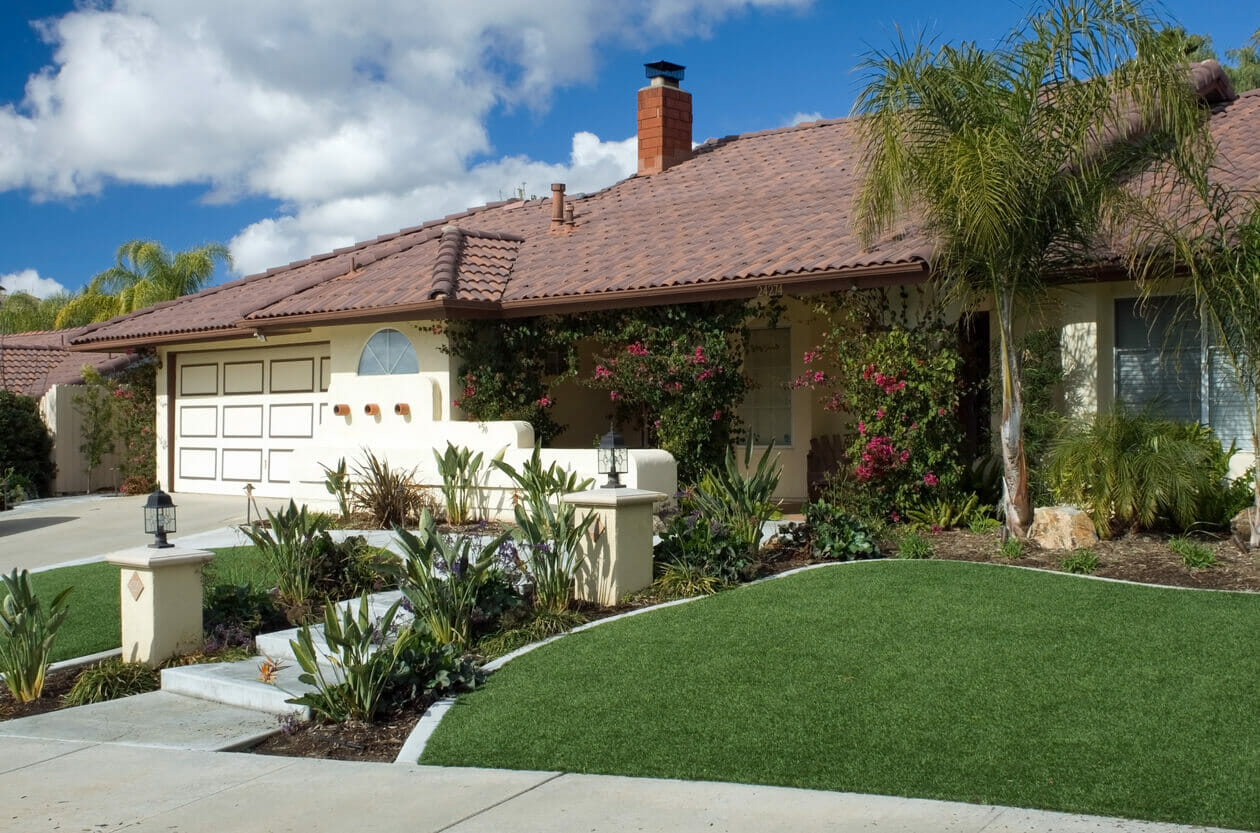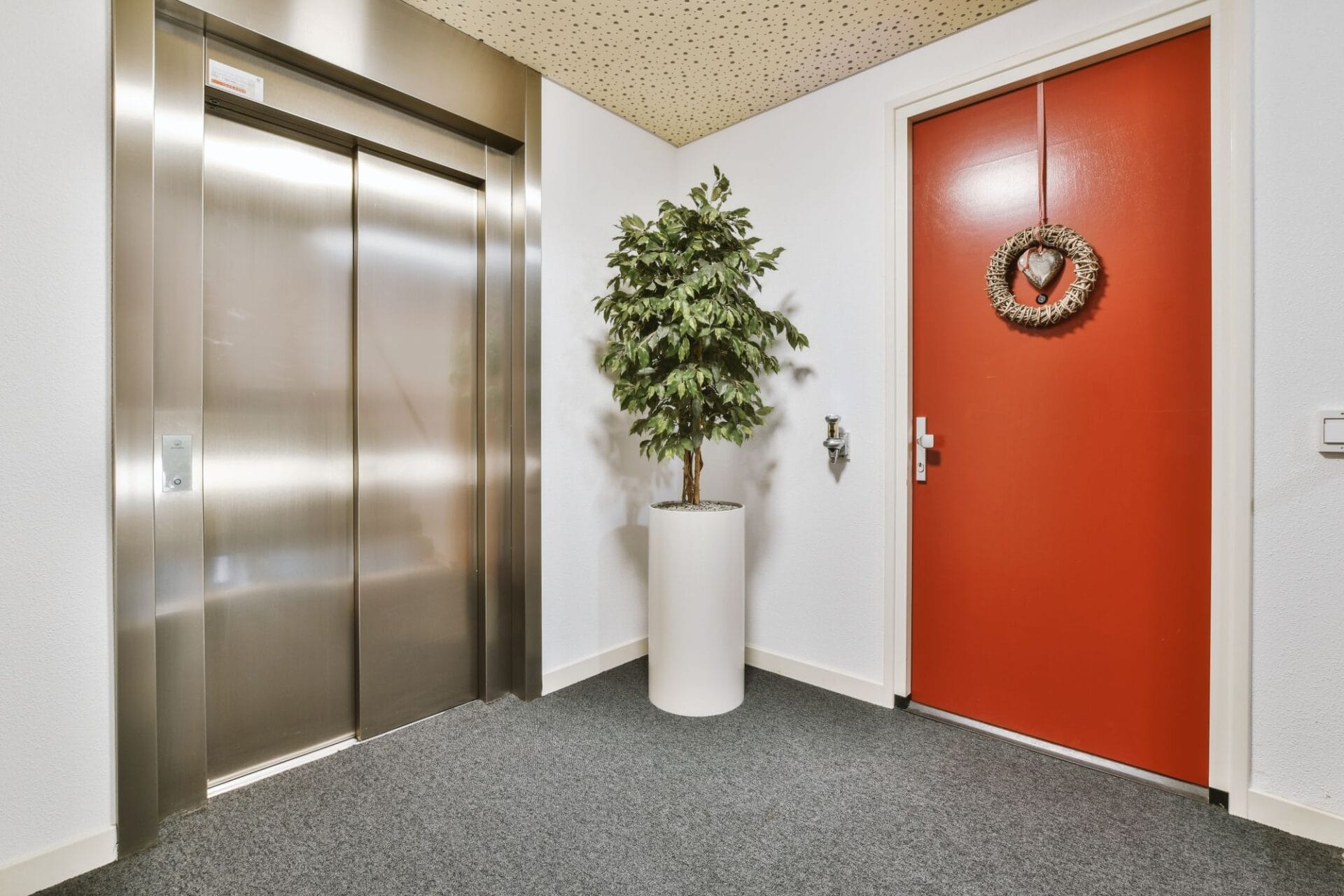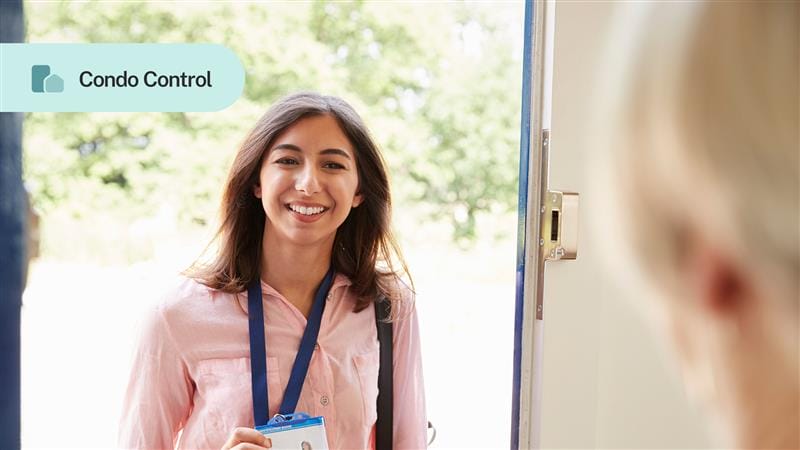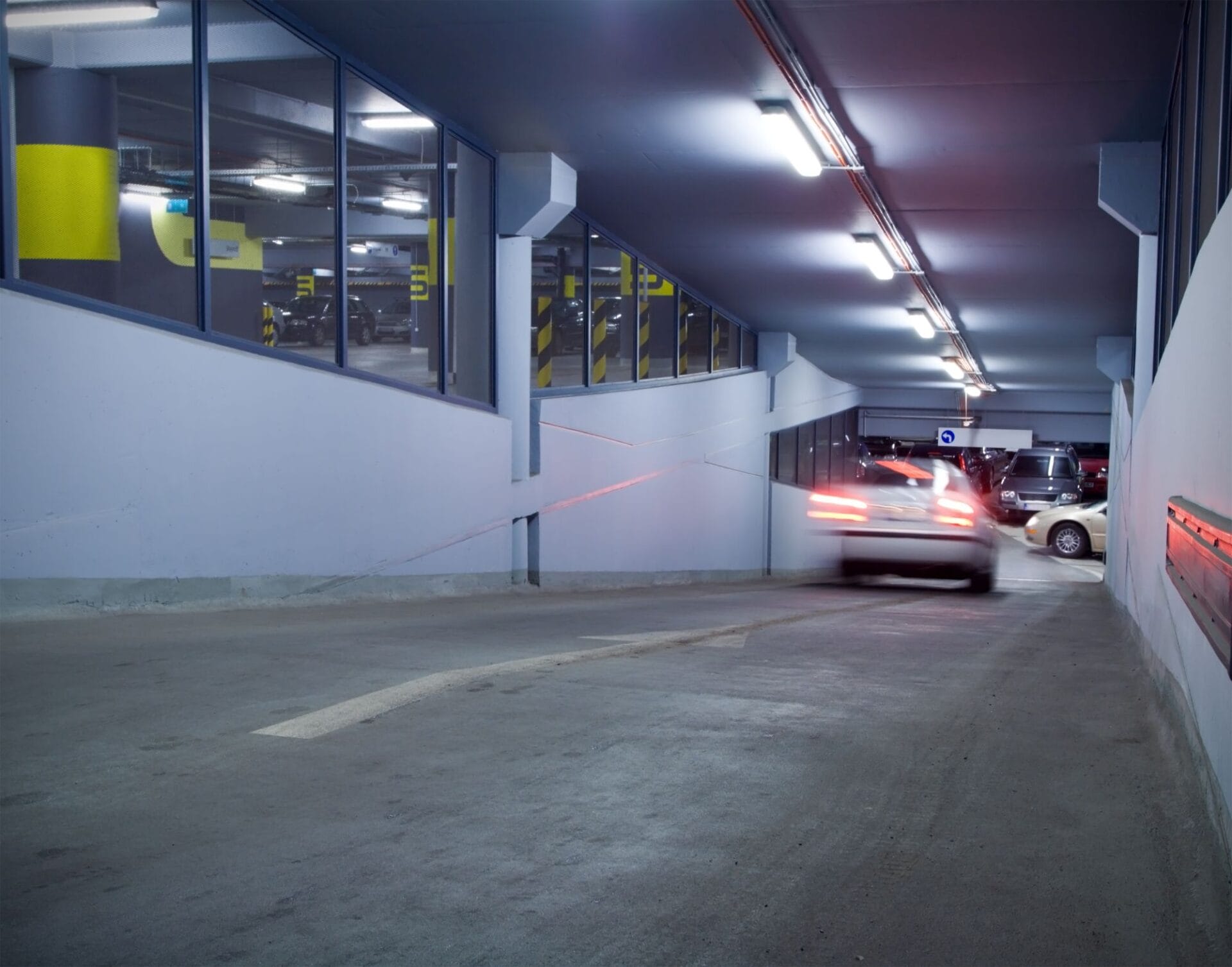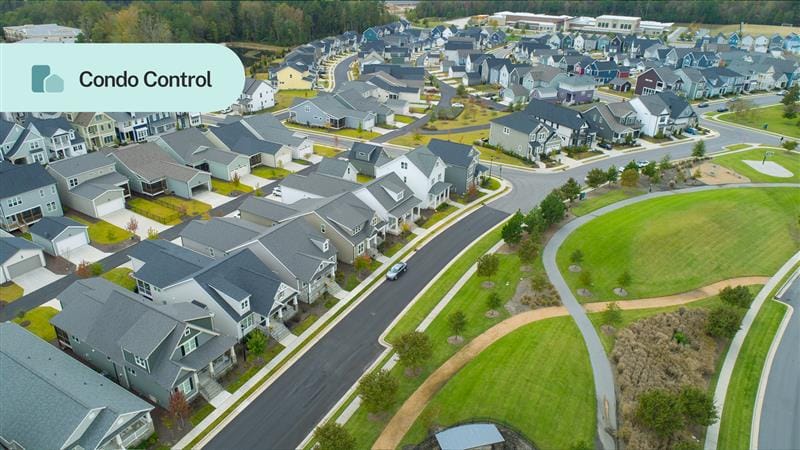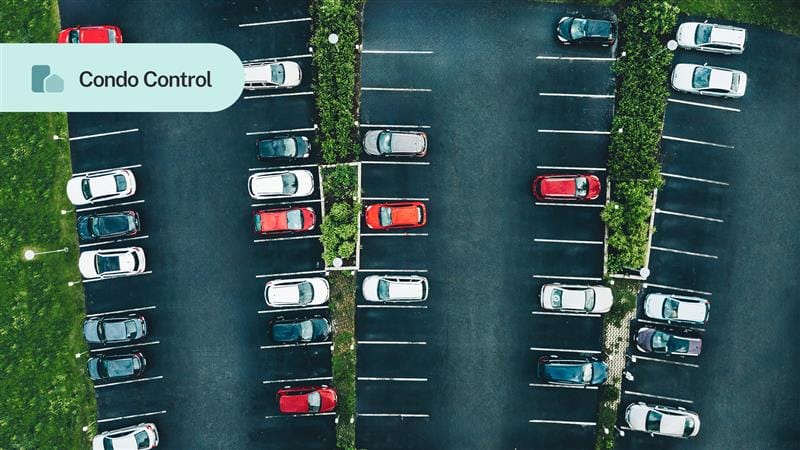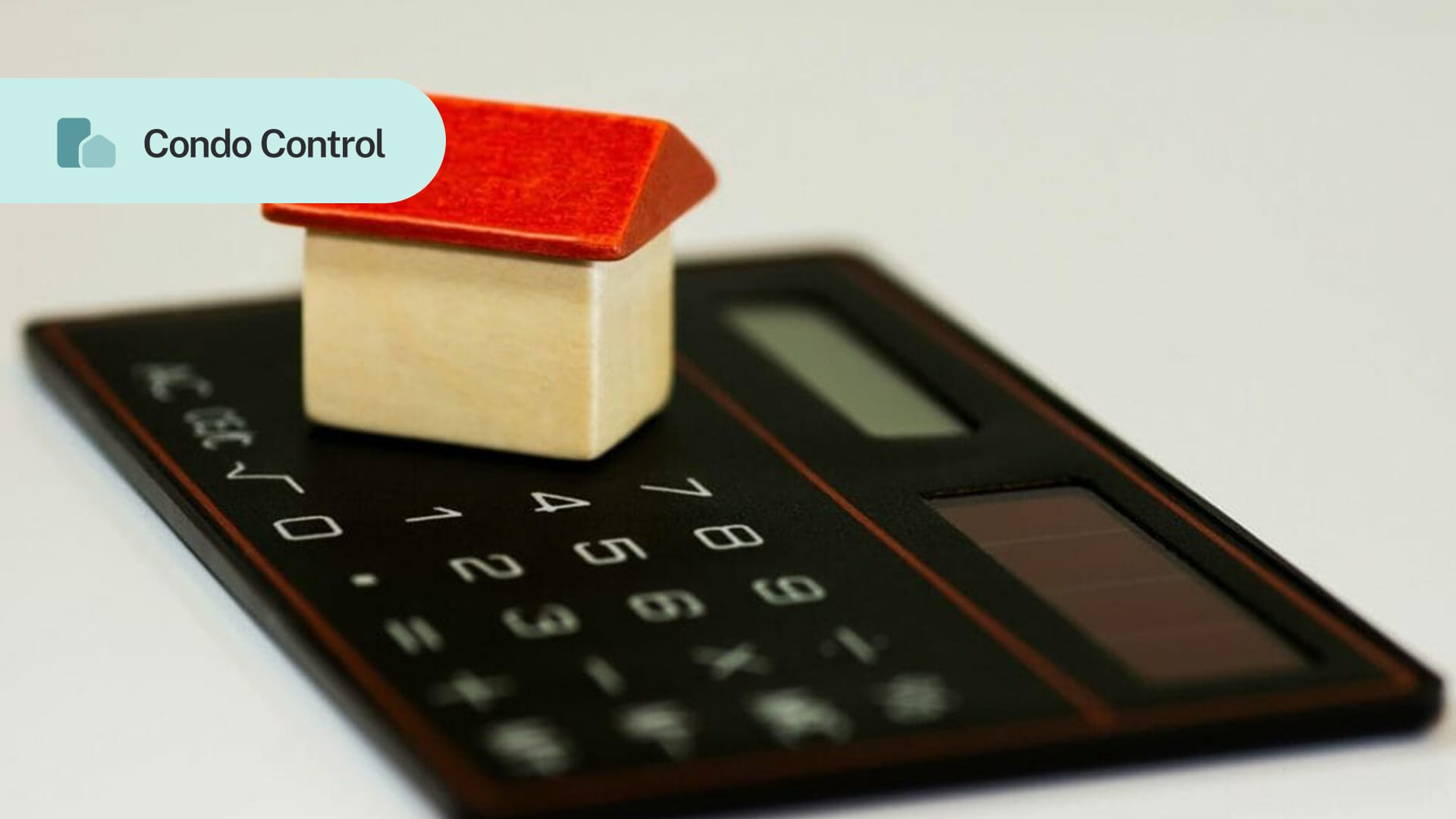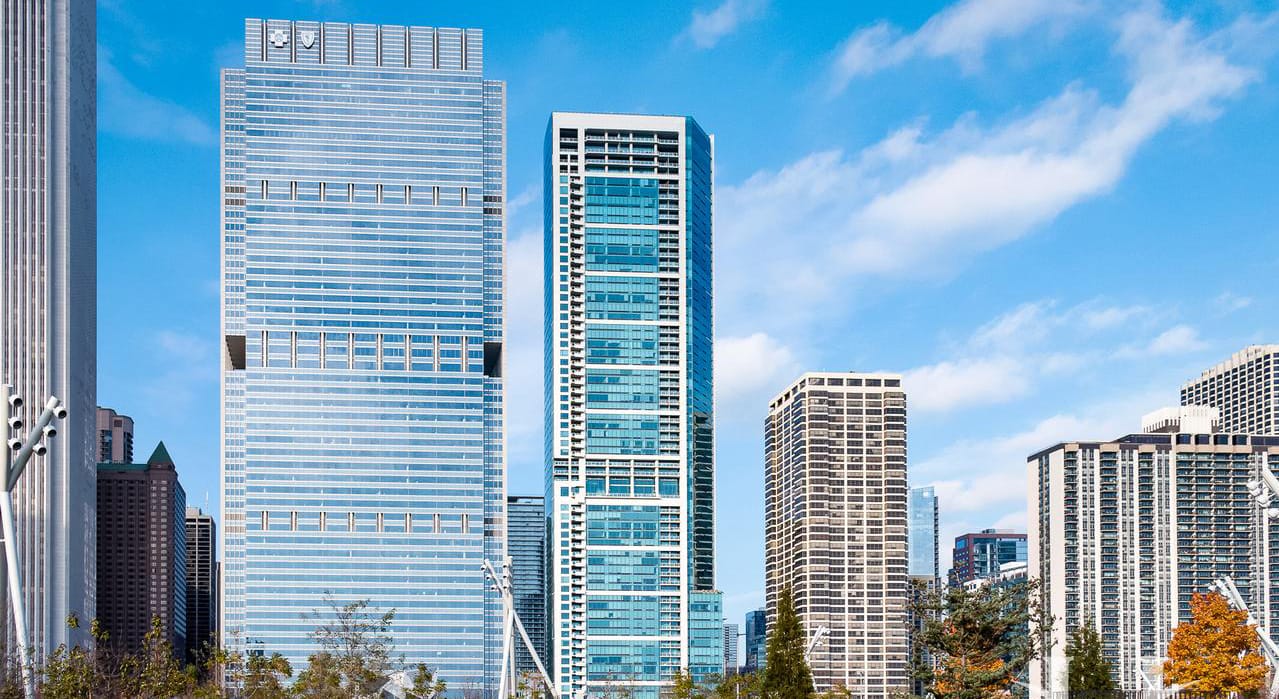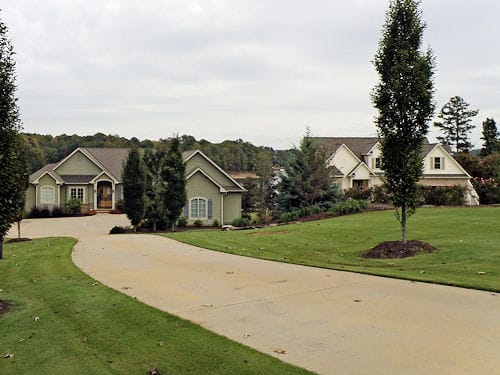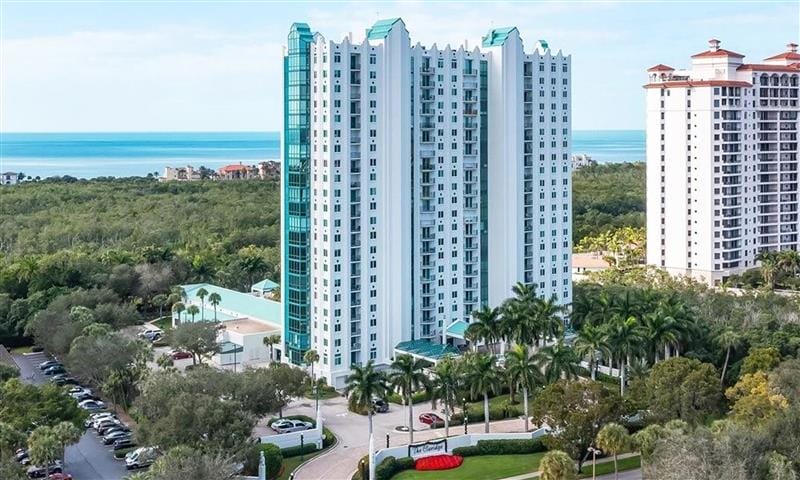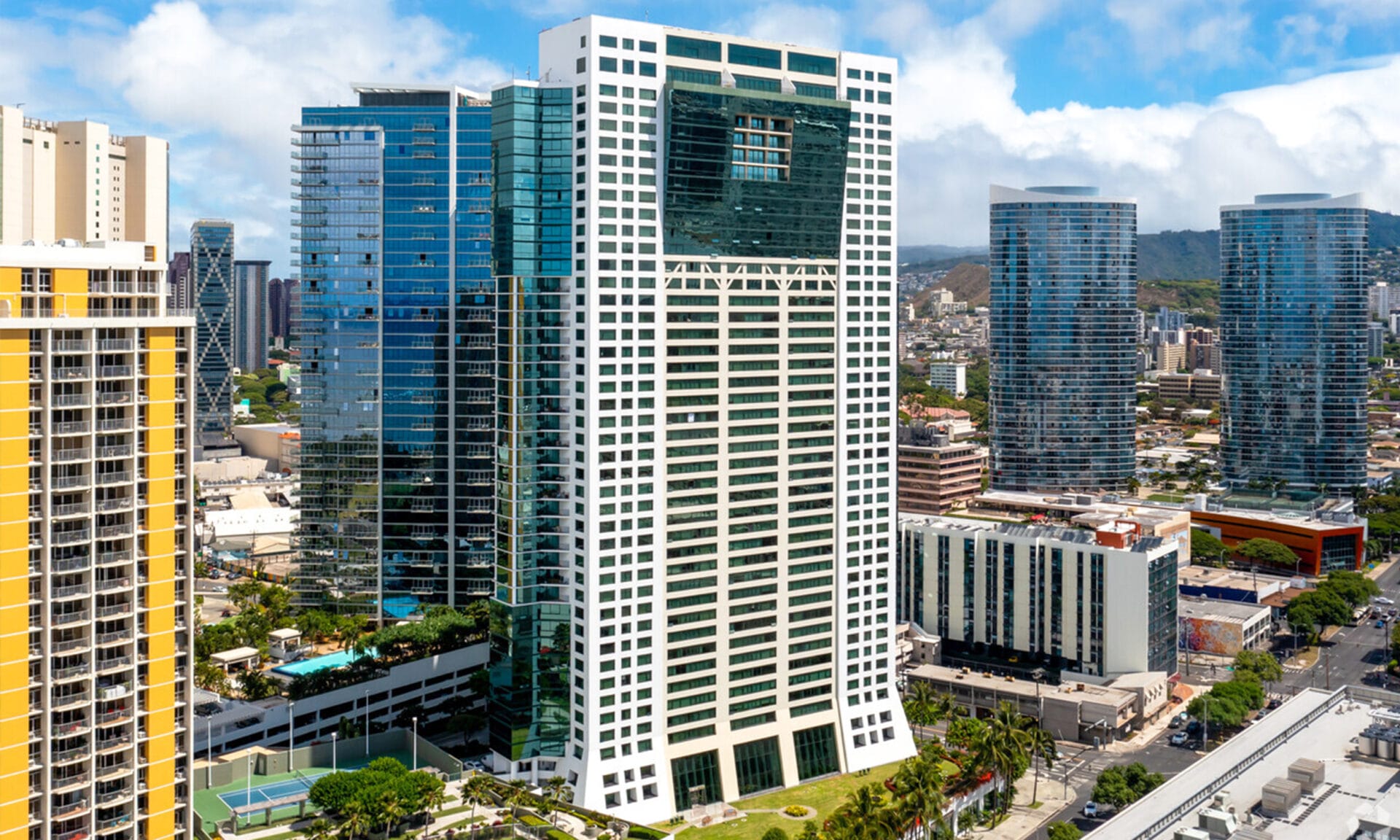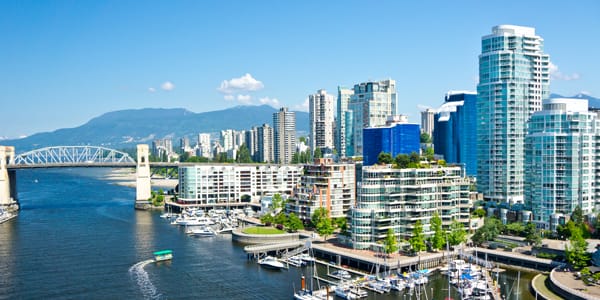This summer, Arizona HOA members can have greener grass without having to water it. That’s because a law was passed in March of 2022 that gives HOA members the right to replace natural lawns with artificial turf.
The Senate recently gave preliminary approval to a measure that prohibits homeowner associations from outright banning artificial turn. The House already approved similar wording.
There are of course exceptions (we will cover these below), but the legislation makes it clear that HOA rules cannot be so strict as to bar all types of artificial grass. Furthermore, the limit on the percentage of land that can have artificial turf cannot be smaller than the amount of property covered by natural grass.
House Bill 2131
The need for House Bill 2131, Artificial grass ban prohibited; HOAs, was recognized when two HOA members were served with a lawsuit by their association after installing artificial grass to reduce water consumption. The members were getting hit with a daily fine of $250.
The issue was brought to state Representative John Kavanagh. He felt they were being unfairly punished and decided to take action. As a result, HB 2131 was introduced. Section 1. Title 33, chapter 16, article 1, Arizona Revised Statutes, was amended to include the following:
A) Not withstanding any provision in the community documents, in any planned community that allows grass on a member’s property, an association may not prohibit installing or using artificial grass on any member’s property.
B) An association may adopt reasonable rules regarding the installation and appearance of artificial grass if those rules do not prevent installing or using the artificial grass. The association may reject or require the removal of a member’s artificial grass if the artificial grass creates a health or safety issue that the member does not correct.
C) Not withstanding any provision in the community documents, the court shall award reasonable attorney fees and costs to any party that prevails as determined by the court in action against the association for a violation of this section.
The benefits of artificial turf
While some HOAs are still a bit apprehensive about artificial turf, the grass alternative does offer several benefits. The main one is that artificial grass doesn’t need to be watered. This is significant in places like Arizona where water is incredibly scarce.
Water preservation
Arizona is experiencing a bad drought that has lasted for decades. Some communities are facing a real possibility of losing access to water. In 2021, drought conditions became so bad that the federal government declared a tier-1 water shortage in the Colorado River, reducing how much Arizona can use. While it is normally entitled to 2.8 million acre-feet of Colorado River water, the state is leaving more than 500,000 acre-feet.
Most of Arizona’s water supply is used outdoors, and the Colorado River supplies about a third of it. Cities also use a lot of water for landscaping, golf courses and swimming pools. So, water conservation isn’t just something that is good for owners to do – it’s becoming essential. Homeowners that have replaced their real grass with artificial turf say that they reduce their water usage by 60% to 70%.
Cleaner appearance
In addition to water conservation, artificial turf can actually look better. That’s because it’s always green. Fake grass won’t grow, nor will it become patchy like real grass. It can also reduce the presence of bugs and pests.
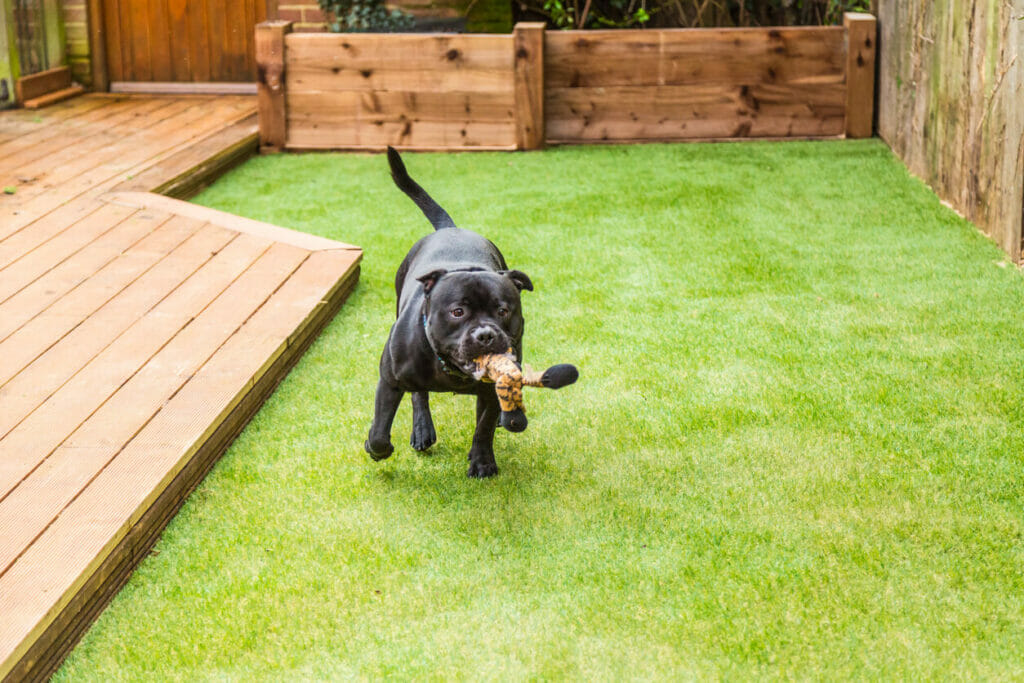
Less maintenance
There is no need to spend Saturday watering, weeding and mowing the lawn when you have artificial turf. Owners can save a lot of time if they don’t have to care for real grass.
The cons of artificial turf
Cost
There are a couple of downsides to artificial turf. The first is that there are some big upfront costs. Artificial turf is generally more expensive to install than natural grass. Owners do end up saving money in the long run however, since they don’t have to spend money on water and treatment.
Heat retention
If you step onto artificial turf on a hot day, you’ll want to have shoes on. The synthetic materials do retain heat.
Artificial turf makes sense in hot places
Arizona isn’t the first state to create a law that promotes the use of artificial grass. California also created a drought bill, Assembly Bill 349, that prohibits California HOAs from imposing unreasonable restrictions on artificial turf installation.
In order to comply with HOA rules and keep their lawns looking lush and green, owners living in hot states would need to water their grass multiple times every week. Not only does this use up a significant amount of water, but it is a time-consuming chore. Synthetic grass makes sense as it saves communities and states both water and money.
Reasonable restrictions still apply
As with everything, there are exceptions and restrictions to the new artificial turf law. Homeowners can’t install any type of artificial grass they want, even if it will help conserve water.
Associations can still impose reasonable rules regarding the installation and appearance of artificial turf. They can even reject or require the removal of any artificial turf if it creates a health or safety issue.
Now for the grey areas. Associations can also prohibit the installation of artificial turf if they have “unique vegetation and geologic characteristics that require preservation by the association.’’ In Tucson, for example, there is a lot of natural landscaping that is part of the overall appearance of the community. The preference there would likely be to not add artificial grass. Natural turf also keeps communities cooler, and this is ideal for HOAs with pecan trees or similar vegetation.
While the new law aims to bring clarity to the artificial turf issue, there will still be situations that aren’t so clear-cut.
Helpful guidelines
Associations are strongly encouraged to develop guidelines that will ensure rules and expectations are clear. This will also help create a more uniform look. The guidelines here come from Davis-Stirling:
Color. Artificial turf is available in one-, two- and three-color options. Three-color turf provides the most realistic-looking grass, so HOAs may want to mandate the use of two-colour or three-colour grass.
Color retention. The color of the artificial grass will fade over time due to UV sunlight exposure. Nylon tends to deteriorate faster than other materials, and should be avoided.
Pile and weight. Similar to carpet, higher pile turf gives a richer and more realistic appearance. The higher the face-weight of the product, the better the product’s appearance. Turf in the 20 to 30 face-weight is less desirable than products in the 40 to 60 face-weight range.
Toxic materials. Turf manufactured with nylon may also have lead. Owners should avoid using any materials, including infill products, that use lead or similar heavy metal materials.
Permeability. It’s important that water can easily drain through the turf. Some products have holes in the backing to allow water to drain through. However, these holes can become clogged over time. Boards should prescribe turf options with completely permeable backings so that drainage is uniform and complete.
Water absorption. Owners should avoid products that absorb water (nylon might do this). If the product absorbs water, that means it will also absorb pet urine. This creates pungent odors and discoloration.
Base and drainage. Artificial turf can’t be installed on top of natural grass. Sod and dirt must be removed, and an aggregate base and soil stabilization fabric must be put in place to allow for proper drainage. Boards should consult with professionals and develop requirements for base materials.
Conclusion
Arizona HOAs are encouraged to embrace the opportunity to give owners the option to switch from natural to synthetic grass. It makes good sense because it can help reduce water usage and make the association look nicer, too. A higher quality product will be preferred as it will last longer, look better and won’t retain liquids. Owners should think of this as an important investment; they will be rewarded for selecting quality grass.
